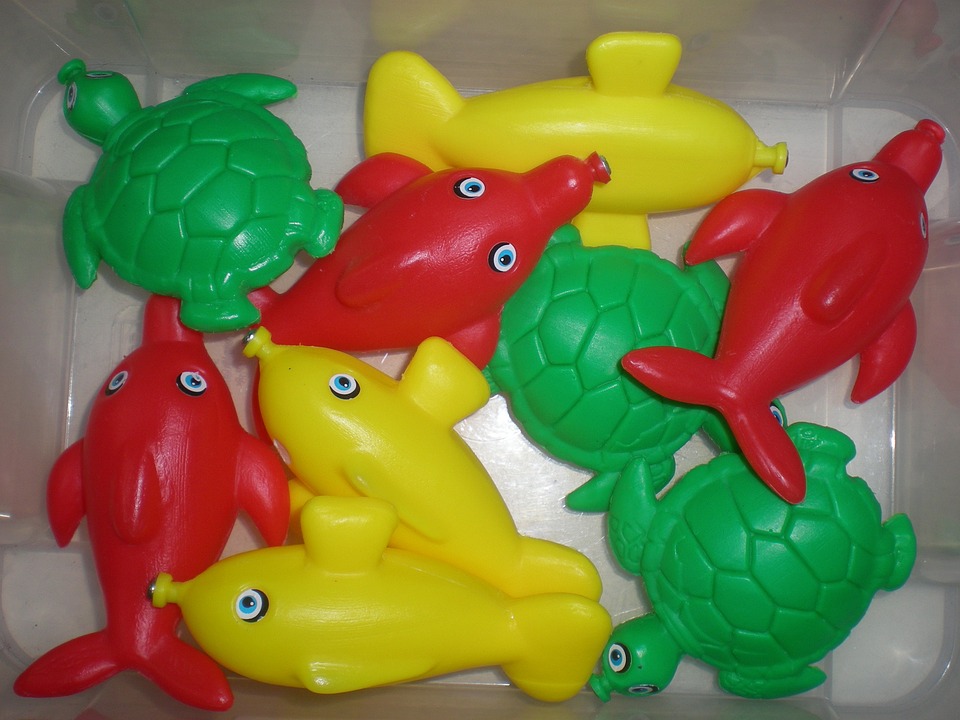Creating a harmonious and peaceful environment in your aquarium is crucial for the overall health and well-being of your fish. Understanding fish behavior is the key to maintaining a calm and stress-free aquatic community. In this article, we will explore some useful tips to prevent aggression among your aquarium fish, ensuring a thriving and tranquil underwater ecosystem.
The Basics of Fish Behavior:
One of the primary factors contributing to aggression in aquariums is the social hierarchy among fish. Understanding dominant and submissive behavior, as well as the concept of a pecking order, is essential. Some fish tend to be more dominant and assertive, while others are submissive. This natural behavior can lead to aggression if not managed properly.
Territorial behavior is another crucial aspect of fish behavior. Many species of fish are territorial and will defend their designated space from intruders. Understanding the importance of territories and the defense mechanisms used by fish is vital in preventing aggression.
Factors Influencing Aggression in Fish:
Several factors can contribute to aggression in an aquarium. Tank size and layout play a significant role in determining the stress levels of fish. Providing sufficient space requirements and creating hiding places can help reduce aggression by allowing fish to establish their territories and retreat when feeling threatened.
Researching fish species compatibility is crucial when selecting fish for your aquarium. Some species are naturally more aggressive, while others are peaceful. It is essential to choose compatible species to minimize conflict and aggression.
Gender imbalance can also lead to aggression in aquariums. During mating seasons, fish may become more aggressive. Maintaining a balanced population with an appropriate ratio of males to females can help prevent excessive aggression.
Tips for Preventing Aggression in Aquariums:
To prevent aggression in your aquarium, here are some practical tips to follow:
1. Provide Adequate Space: Calculate the appropriate tank size based on the number and size of your fish. Overcrowding can lead to stress and aggression, so avoid overstocking your aquarium.
2. Create Hiding Spots: Use decorations, plants, and other aquarium features to create hiding spots for fish. These hiding spots can serve as retreats and help reduce aggression by providing fish with a sense of security.
3. Feed Fish Properly: Avoid over- or underfeeding your fish. Overfeeding can lead to aggressive behavior as fish compete for food. Consider the individual dietary needs of each species and provide a balanced diet to ensure their well-being.
FAQs:
1. How can I identify aggressive behavior in my fish? Aggressive behavior may include chasing, fin nipping, or physical attacks among fish. Look out for these signs and observe any changes in behavior.
2. Can aggression be reduced by rearranging the tank layout? Yes, rearranging the tank layout can help disrupt established territories and reduce aggression. However, it may not be a guaranteed solution for all cases.
3. What should I do if I notice constant aggression among my fish? If aggression persists, consider separating the aggressive fish from others or consult with a knowledgeable aquarium professional for further advice.
4. Is it possible to keep aggressive and peaceful fish together? It is generally not recommended to keep aggressive and peaceful fish together, as aggression can lead to stress and harm to the peaceful fish.
5. Can providing more food reduce aggression? Providing more food does not necessarily reduce aggression. However, ensuring a balanced diet and avoiding overfeeding can help minimize competition and potential aggression.
Conclusion:
Understanding fish behavior is fundamental in maintaining a peaceful and thriving aquarium. By considering factors such as social hierarchy, territorial behavior, tank size, species compatibility, and gender balance, you can prevent aggression among your fish. Providing adequate space, creating hiding spots, and feeding fish properly are some practical measures to promote a harmonious aquatic community. Remember to frequently observe your fish for signs of aggression and take necessary action to ensure their well-being. Happy fishkeeping!









